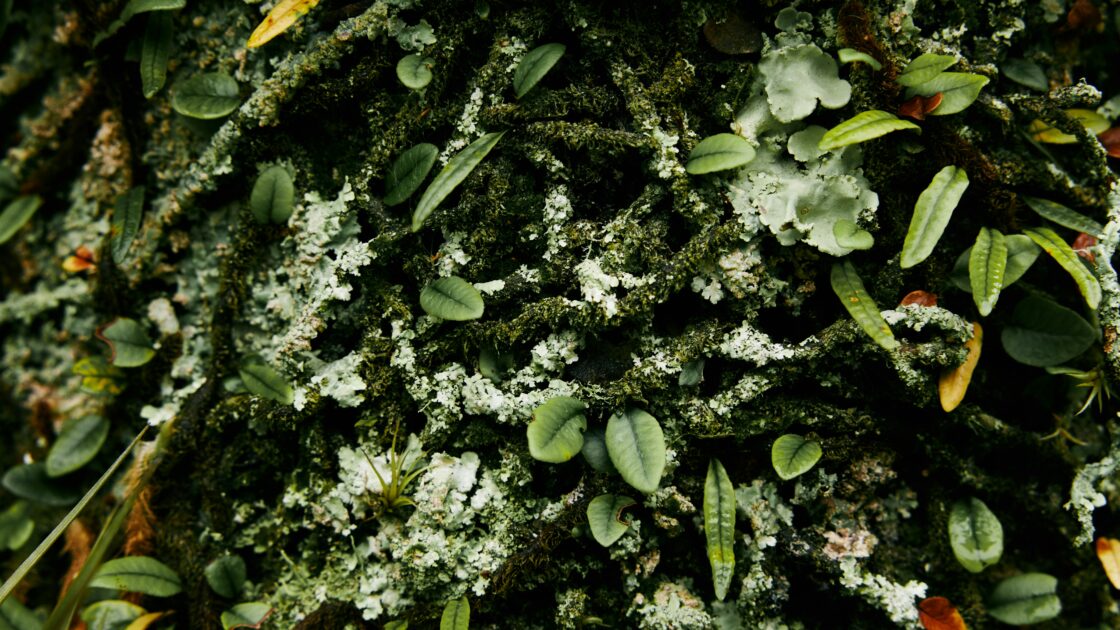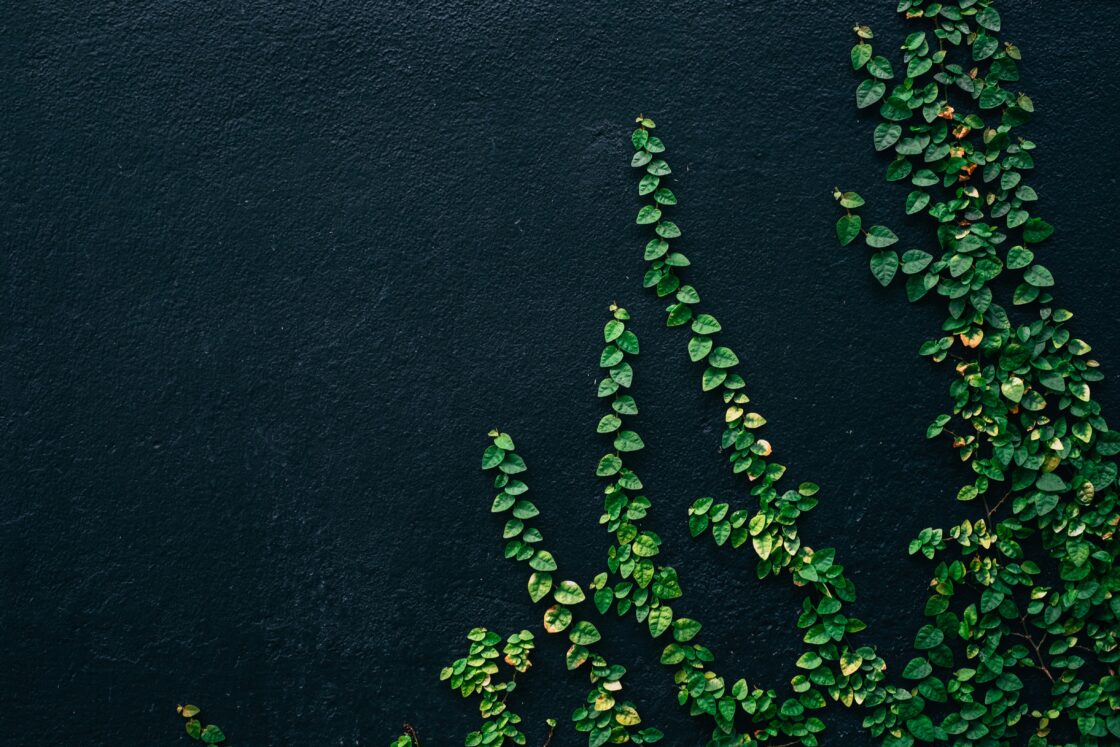You Can Win the Nasty War Against Invasive Plants
Plants can be pretty, and they can be diabolical. Here's what to look for in terms of invasive plants, and what to do about them.

What’s the most beautiful flower in your garden? If you’d asked me this question a couple years ago, I would have said Purple Loosestrife because of its tall purple cone-shaped flower. Not only were they beautiful in my garden, they were remarkably easy to grow! Sadly, I soon learned that the Purple Loosestrife is an invasive plant that spread throughout my flower garden displacing anything else I planted. Learn about these nasty (but often beautiful) invasive plants to stop them taking over your garden.
According to the United States Department of Agriculture (USDA), “An invasive plant has the ability to thrive and spread aggressively outside its native range. A naturally aggressive plant may be especially invasive when it is introduced to a new habitat.”
The National Park Service expands on that definition. It states that invasive plants, “Reduce native biological diversity, alter hydrolic conditions and flooding regimes, alter soil characteristics, and alter fire intensity and frequency.”
All invasive plants are undesirable because they displace native species, but some of them are especially nasty. Let’s learn about some of the worst offenders.
10 Particularly diabolical invasive plants to watch out for:

1. Beach Vitex may destroy sea turtle habitat.
2. Giant Hogweed produces a toxic sap that can cause skin irritation and blindness.
3. Houndstongue and St. Johnswort are both toxic to livestock.
4. Japanese Barberry creates an ideal habitat for white-footed mice. These mice carry deer ticks which can spread Lyme disease.
5. Japanese Buckthorn releases chemicals that threaten native amphibians, some of which may be on the endangered species list.
6. Oriental Bittersweet grows as a vine that smothers plants and uproots trees due to its weight.
7. Russian Knapweed is toxic to horses.
8. Saltcedar absorbs large amounts of water and creates large deposits of salt.
9. Swallow-wort looks so much like Milkweed (which is great to have around) that it confuses Monarch butterflies. The Monarchs will mistakenly lay their eggs on the Swallow-wort, but they can’t get any nutrition from it.
10. Tree-of-heaven damages pavement and building foundations in urban areas.
Know thy Enemy: How to Identify Invasive Species
iMapInvasives is a handy online tool to have on your smart phone the next time you’re out for a hike or plotting a new garden bed. It will help you to not only identify invasive plants, but it also suggests treatments.
The USDA has an extensive online guide for identifying invasive plants.
Many states, such as New Jersey, California, Indiana, and Massachusetts, have extensive Do Not Plant lists. Consult your state lists to know what to avoid in your landscape.
Also, your state’s Department of Natural Resources will be able to tell you which plants are invasive in your area.
Ugh! You discover that you have an invasive plant in your garden. Now what can you do?
5 practical solutions for dealing with invasive plants:
1. Monitor your landscape for existing invasive plants.
Stay vigilant and keep a watch out for any new invasive plants that might appear over time. Keep a careful inventory of what you intentionally plant in your garden. When other plants pop up that you didn’t plant, do some research to determine if they’re invasive plants.
2. If you discover that you have an invasive plant in your garden or landscape, dig it up.
Be sure that you’ve removed as much of the root system as possible (this will not be easy). Once you’ve got it out of the ground DO NOT put it in your compost bin. Bag it up in a tightly sealed plastic bag and put it out with your curbside trash. It may be tempting to treat the area with herbicides, but avoid this because of its negative impacts on the larger environment.
Don’t say I didn’t warn you: Getting all traces of an invasive plant out of your garden is not easy. Don’t be surprised to find new growth reappearing long after you thought you’d gotten rid of it. It is likely that you’ll be waging a series of battles against the invasive plant–not just one all-out war.
3. Prevent the spread of invasive plants by cleaning your boots after a hike.
Invasive seeds and pathogens may be hitching a ride on you.
4. Plant native species.
This is probably the most important thing you can do to avoid invasive plants. By planting native plants you ensure that the plant will grow well in your area and will not harm the environment.
5. Contact your state and local representatives.
Encourage them to establish and strengthen federal policy to restrict imports of potentially damaging plant species.
Related on Organic Authority
Invasive Papaya Pest Threatens Crops, But a Pesticide-Free Solution May Save the Day
3 Flowers to Grow for An Oh-So Edible Garden
Want A Beautiful Spring Garden? Plant Flower Bulbs Now
photo of invasive plant via Shutterstock

